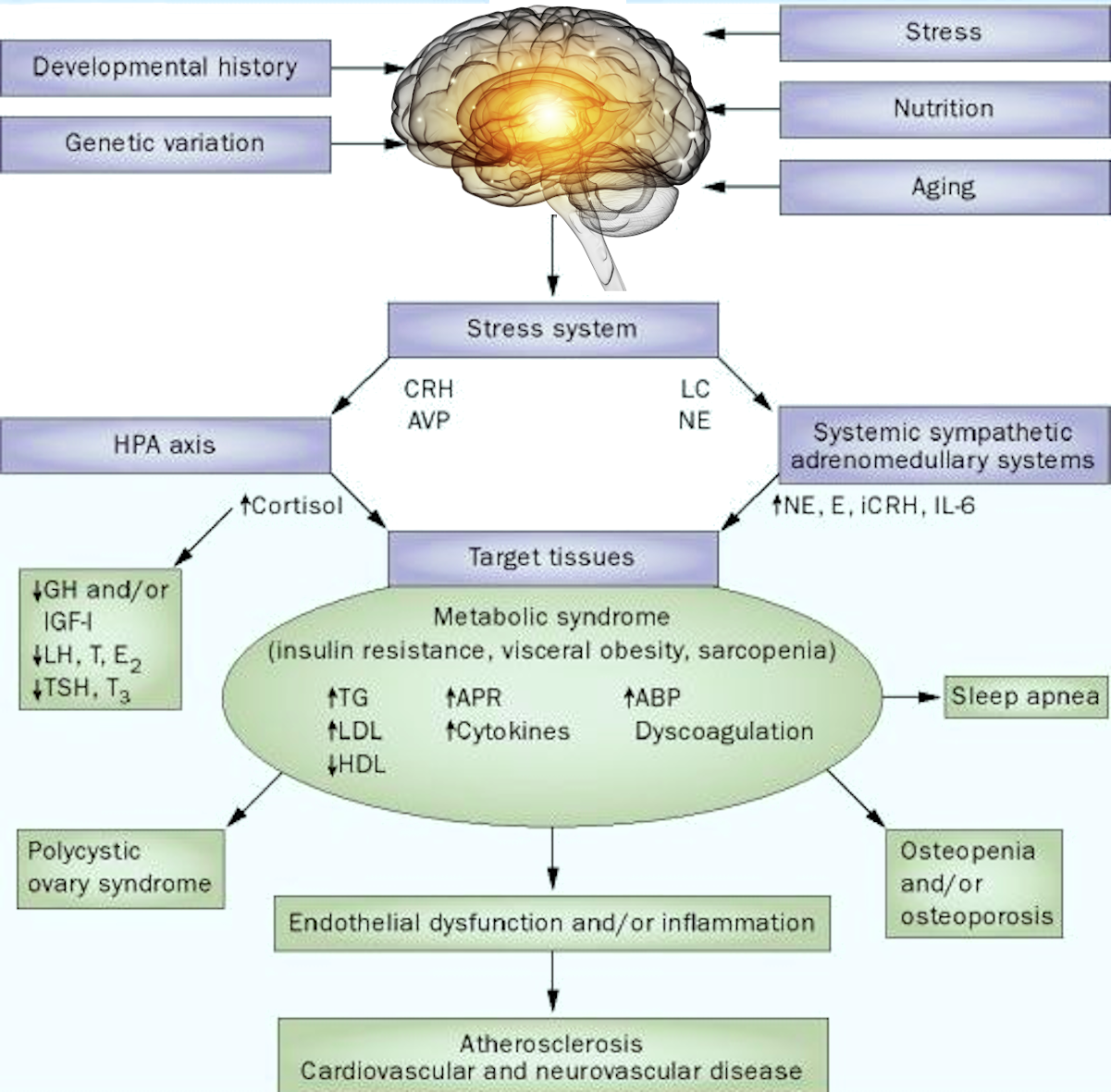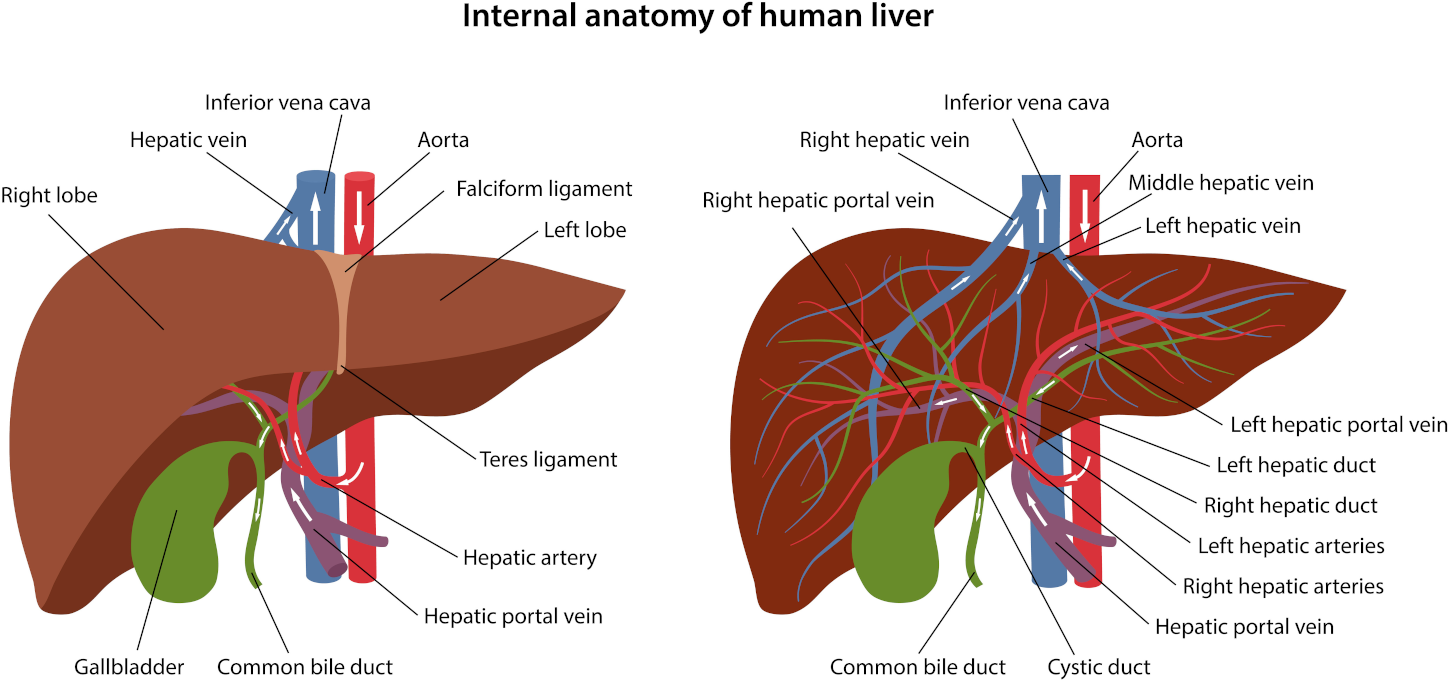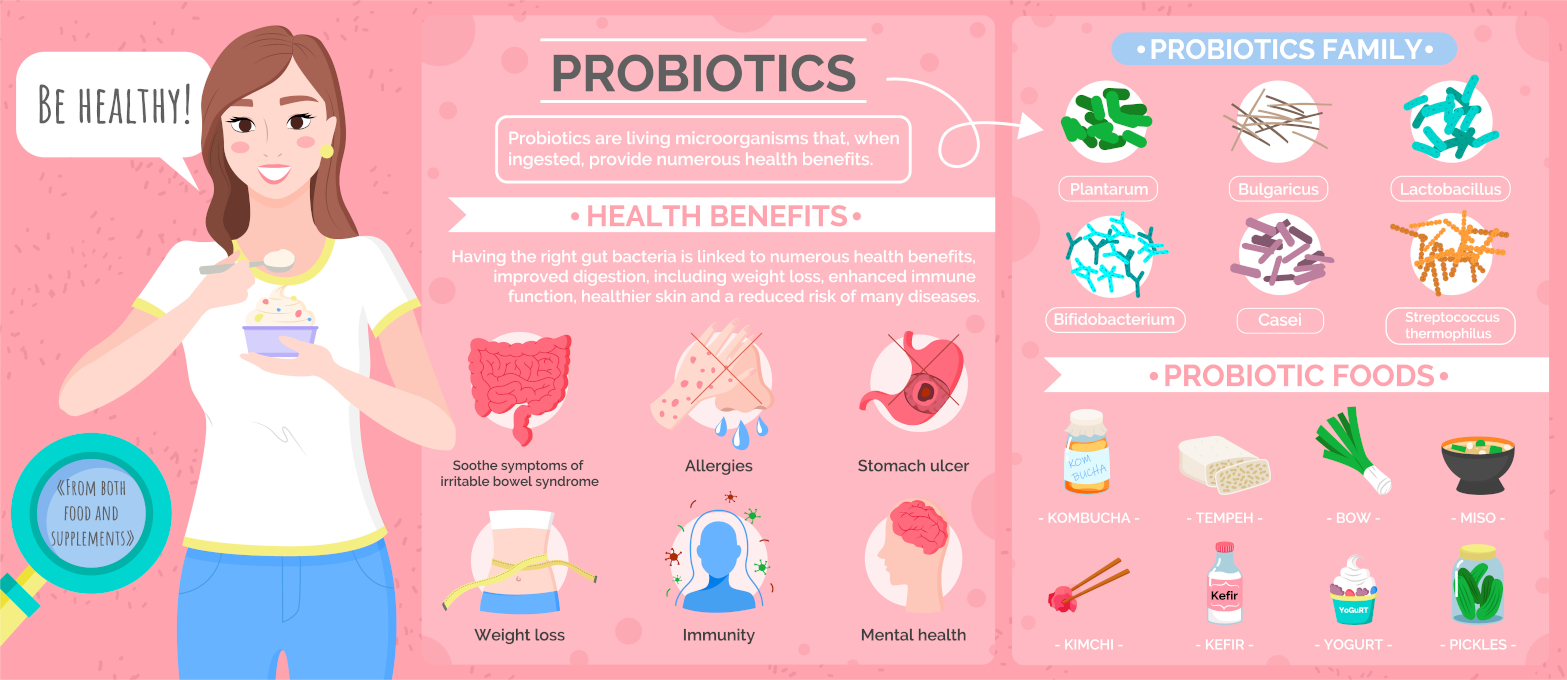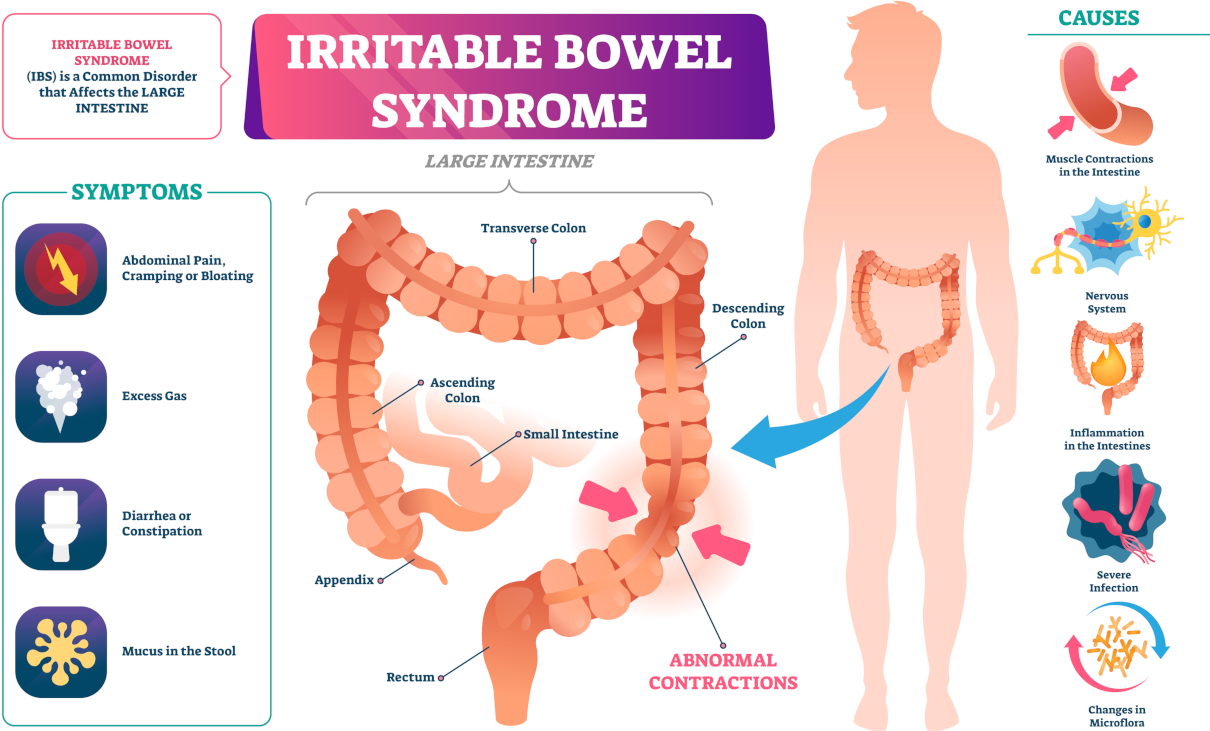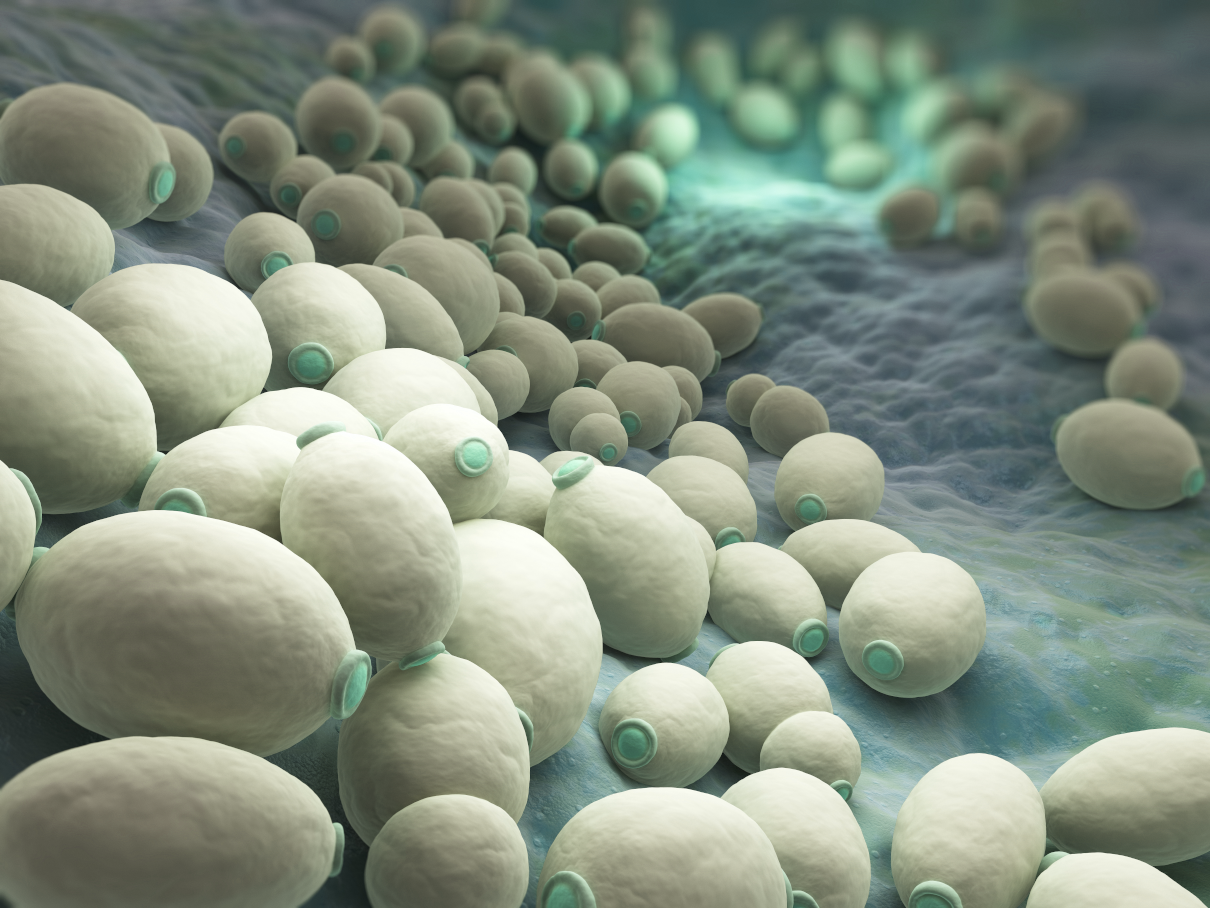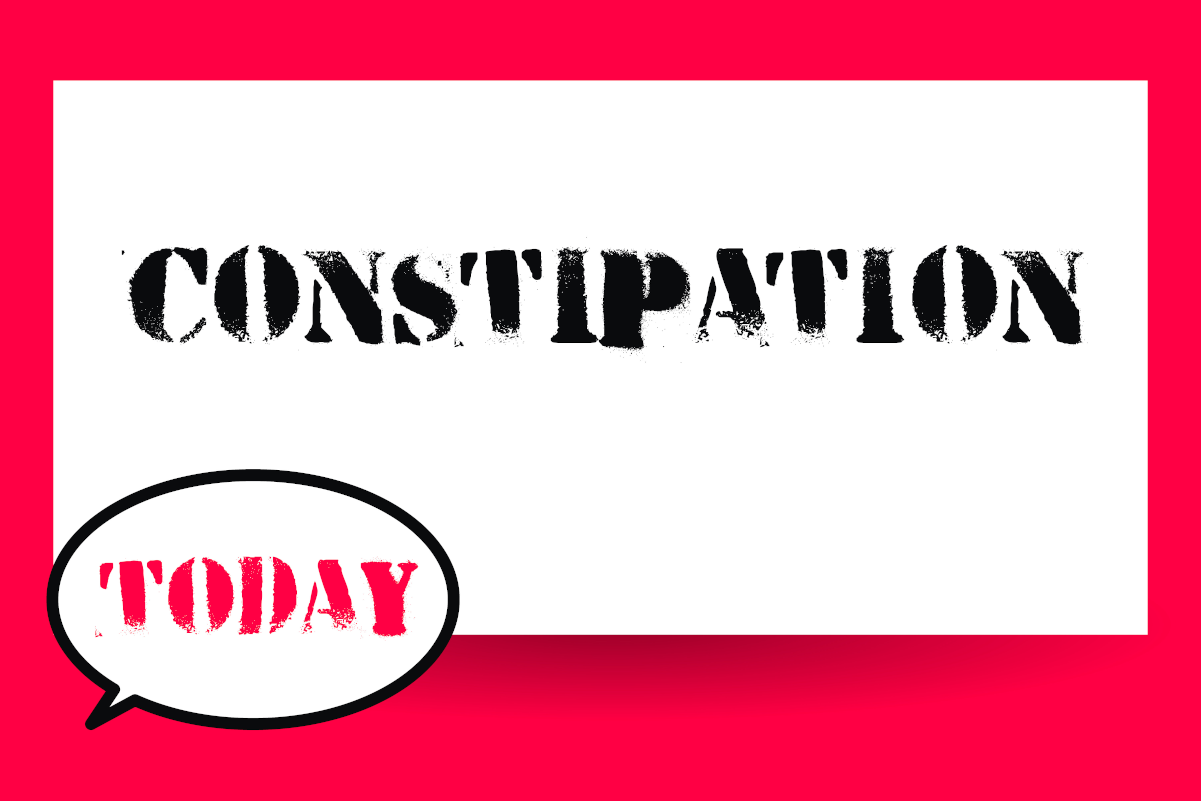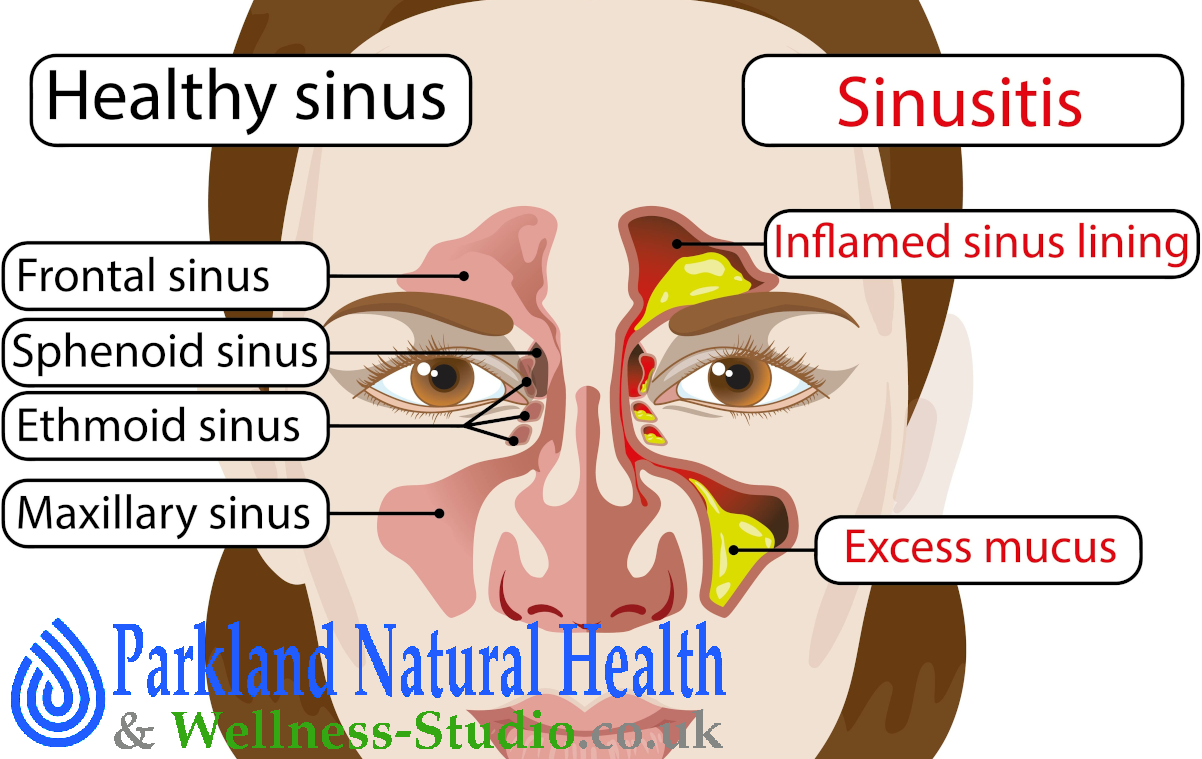
Acute genyantritis usually arises during acute rhinitis, measles, scarlet fever and other infectious diseases. Among the main symptoms is tension or pain in the affected sinus. Impaired nasal respiration, rheum, impaired olfaction on the affected side, photophobia, and lacrimation are also symptoms of genyantritis.
Examination
Pain is usually diffuse and indefinite genyantritis. An investigation reveals mucous or mucopurulent discharge in the middle nasal duct (a junction between the sinus and nasal cavity). Sometimes, the cheek can be swollen, and the top or lower eyelid can be hypostasis. Palpation of the genyantrum front wall usually produces a painful sensation.
Chronic genyantritis
The body temperature is high, and there can be a chilly sensation. It also often results from a long-lasting inflammation of the genyantrum or chronic rhinitis—close contact between the middle conch and lateral nasal septum and congenitally narrow nasal ducts.

Mini Detox PLUS – 3 colonics, minerals, herbal & probiotic implants
The ideal pattern of colonic treatments includes three alkalising colon hydrotherapy treatments with sodium bicarbonate, one anti-parasitic implant on the first treatment, one liver and gall bladder stimulating herbal implant on the second treatment, and a high-strength probiotic implant on the third colonic.
Forms of genyantritis
From the onset of dontogenous, genyantritis may be chronic. We recognise two types of it. One of them is the exudative(purulent, catarrhal) form. The other is a productive form(polyposis, mural-hyperplastic, cholesteatomic, caseous, necrotic, atrophic). Genyantritis can also be vasomotor or allergic.
Why is it happening?
That is easy to explain − sinusitis can begin and appear extraordinarily usual and harmless at first sight. The rheum passes and rises again, but we don’t notice it. And sometimes, sinusitis includes intense headaches, which people can suffer for several years. Sometimes chronic sinusitis develops as a result of incorrect treatment of the rheum. Let it flow from my nose – why should I see a doctor? That is what we tell ourselves, and we take responsibility for treating ourselves (that is irresponsibility). Stop up the rheum with frigorific nasal drops, have a visible result and get the illness inside.
The reasons for genyantritis and its exacerbation in sinusitis are mostly ARVI, flu, hypothermia and injuries. It also may manifest if outflow from sinuses is disturbed by polypus, enlargement of scroll bone, deflection of nasal septum and even dental disorder (especially the upper teeth). So don’t do self-treatment and go to a doctor.
The earlier you ask for help, the easier it will be to recover from illness.

Platelets Rich Plasma Injections – three session
Platelet Rich Plasma injections are widely used in aesthetic medicine to rejuvenate and slow the ageing process, which utilises the person’s unique tissue growth factors and … 60 minutes.



